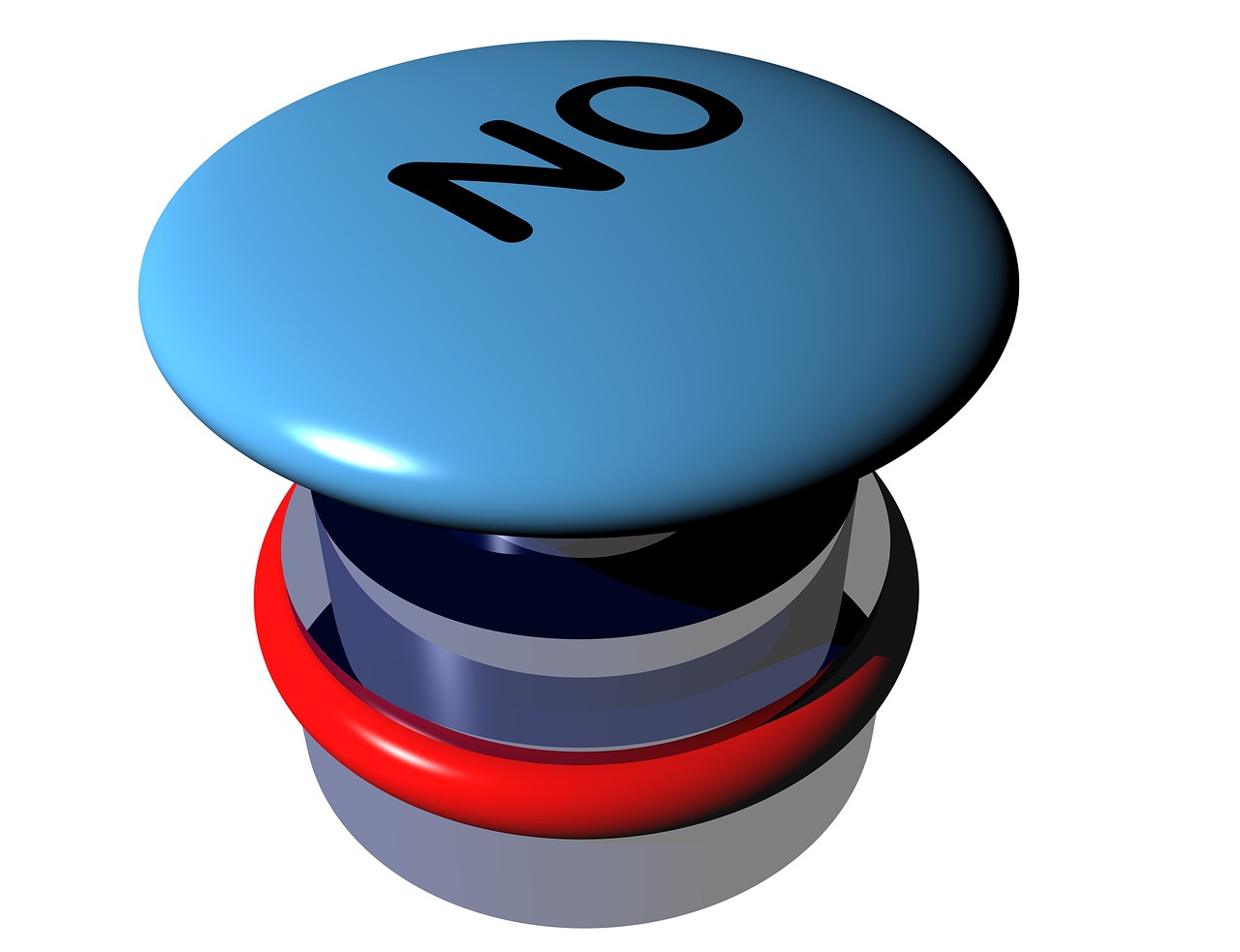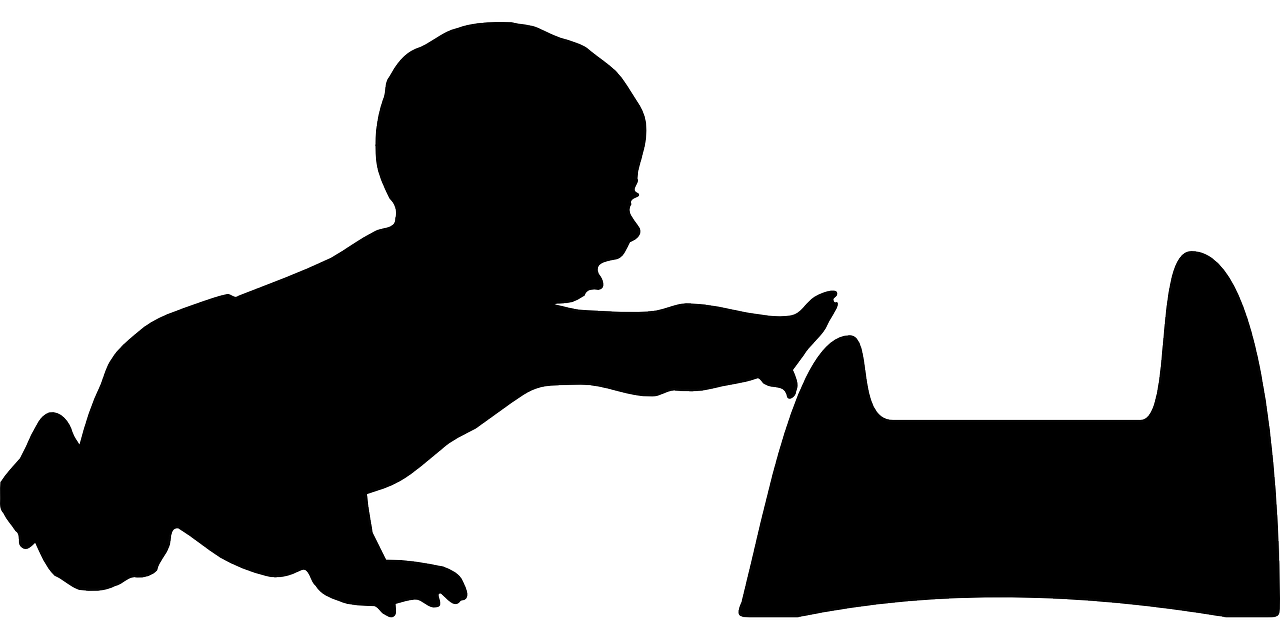My daughter was born two years ago today, even though her numerical birthday (August 12) is in two days. I actually counted all the weeks of her life thus far to get to that. I’m kind of a stickler. But throughout her life, I have worked to avoid saying the word “no.” Instead, I try to redirect her. It came easier during her first year of life, but in the second, it is proving to be harder because she is expressing her will more passionately.
I let her do a lot of things. If she wants to play with the bunny on the balcony, I allow her, with supervision. If she wants to stand on a chair and use the kitchen faucet to fill containers, I let her, with supervision. If she wants to play with markers, I let her, if only to have some time for myself to check my email. She has colored her leg instead of paper before, (“Meh—iii,” she says to me when that happens) but she is learning, as evidenced by her legs remaining clean this past week.
If she wants to play with a tub of water in the living room, I put a bath towel on the carpet to catch the splashes. (We don’t really have another room large enough to let her do it comfortably.) I let her because I don’t want her to live in the world of “no.” They’ll be plenty of that world later.
For the record, I have said “no” to her. If she wiggles while I am trying to put a diaper on her, I tell her “no,” even shout it sometimes when the first “no” doesn’t seem to make an effect. If she wiggles in my arms or refuses to hold my hand as we are crossing the street, I tell her “dangerous” and hold her tighter. I say “dangerous” when I do things against her wishes so that she starts to get an idea of why I do not allow it. She may not know what dangerous means, or why something is dangerous, but I want her to trust me that it is. In those situations, I’m willing to say no.
But in most everything else, I’m pretty easy going, which is not at all how I am about most aspects of my life. My permissive attitude lies in contrast to some of the other parenting styles I’ve noticed. One afternoon, at a local library earlier this year, Polina took some books from a bin in the children’s department and spread them on the floor. A little girl, perhaps 3-4 years old, came up to us and sternly informed us that books belong on the shelf, not on the floor. I was surprised and didn’t know how to respond. She was so right, but oh so wrong.
“She’s only 18 months,” I stammered.
The girl’s eyes remained serious. Then her mother called her, and she ran toward her. I was relieved. I didn’t know what to say to her. That experience reaffirmed to me what I didn’t want Polina to be- a Gestapo-like enforcer by the time she is three.
A few weeks ago, at a family gathering, Polina took a chord with bells that hung on the back door of someone’s house and began carrying it. The bells hung on the door so that the family dog could indicate when he needed to go to the bathroom. I heard some of the children say that the bells belonged on the door. I guided Polina to put the bells back. Of course she was disappointed and cried because she didn’t understand why. Neither did I for that matter.
If it were my house, I wouldn’t have been so adamant. So a kid wants to play with bells. They are interesting to someone. So what? If a dog has to go, I would have taken them out just to be sure there wouldn’t be an accident. But it’s not my house, or dog, or bells. In someone else’s house, I abide by their rules.
Another time, Polina took out a plastic container full of rubber bands that we keep in a drawer and played with them on the carpet. We were about ready to leave, and I could see Pete was upset about something. Sure enough, it was the rubber bands. It took me five seconds to pick them all up and put them back in the drawer.
(Interestingly enough, any time a child takes something out and joins it with something else, or takes it away and puts it back, that is rudimentary math, and some studies show that this kind of play is more important for brain development and retaining concepts than traditional academia per se. I learned about these studies and gained more insight about the importance of play in the book NurtureShock by Po Bronson and Ashley Merryman.)
If they don’t have to do with safety, morals, or permanent messes, why do we have boundaries about what is acceptable children’s play? Expecting kids to act like adults is unrealistic. It reminds me of 19th century paintings where children are serene, collected, and dressed in adult style clothing. Children are portrayed as mini-adults. In reality, children are more like Norman Rockwell drawings- active, curious, and prone to messes and mistakes.
Expecting kids to act like adults is unrealistic.
Perhaps lay people should acknowledge what scientists have already “discovered,”- that childhood is a separate period from adulthood. Perhaps we should look at it as such, and not demand so much that they act like adults. What if children demanded that we act like them? That would be pretty stressful. No wonder children cry when they reach their limit. We are frequently asking more of them.
I am not saying that children should be free to run wild, like some Lord of the Flies apocalypse. I’m advocating moderation and patience because in the not too distant future they too will enter adulthood and adopt the culture of such.
What are the benefits of saying “yes” instead of “no?” Based on my own experience, it builds responsibility. My mother allowed me to do a lot of things, albeit not in the name of indulgence. She just wasn’t around much to say no. Because I had a lot of freedom to do what I wanted, I was very cautious about what I participated in, because at some base level, I knew I would be the one hurt.
It’s similar to what I heard about France’s approach to drinking. They allow children to taste alcohol. In many states in the US, it’s not even legal to sell alcohol to anyone under 21 years of age. Many kids go crazy over alcohol once they are able to get their hands on it. The French, meanwhile, because they have always had access to it, don’t make such a big deal over it. It is Freud that popularized that what is forbidden can actually be appealing. Like Eve with the apple.
One of the earliest things I allowed Polina to do was to sip her fruit puree pack by herself in her car seat while I was driving. Many times there were messes because she squeezed the puree pack over herself and her car seat. But now, she sips without a problem and even puts the cap back on.
Peter came home this evening from grocery shopping and commented how Polina, sitting in the driver seat of the car, took an open cup of water from the beverage holder and put it beside her in the passenger seat without spilling it. (He put her in the driver seat while he unloaded groceries from a shopping cart into the car.)
“In the old days that wouldn’t have happened,” he commented, unaware that I was writing this blog when he made that comment.
I think she learned not to spill through trial and error, which of course involved many spills. She played with water over a kitchen sink, in our living room, and numerous times when she drank from a glass instead of a sippy cup. I can understand parents who don’t let their children or their home get messy. For me, it’s not that important. It’s more important (and easier for me) that she learn not to spill water than it is to forbid her playing with water in the first place.
So, I’m open to suggestion and input. I’m always seeking, always curious about new ideas so share your comments with me if you are so inclined.
This post was originally written on August 10, 2014.




